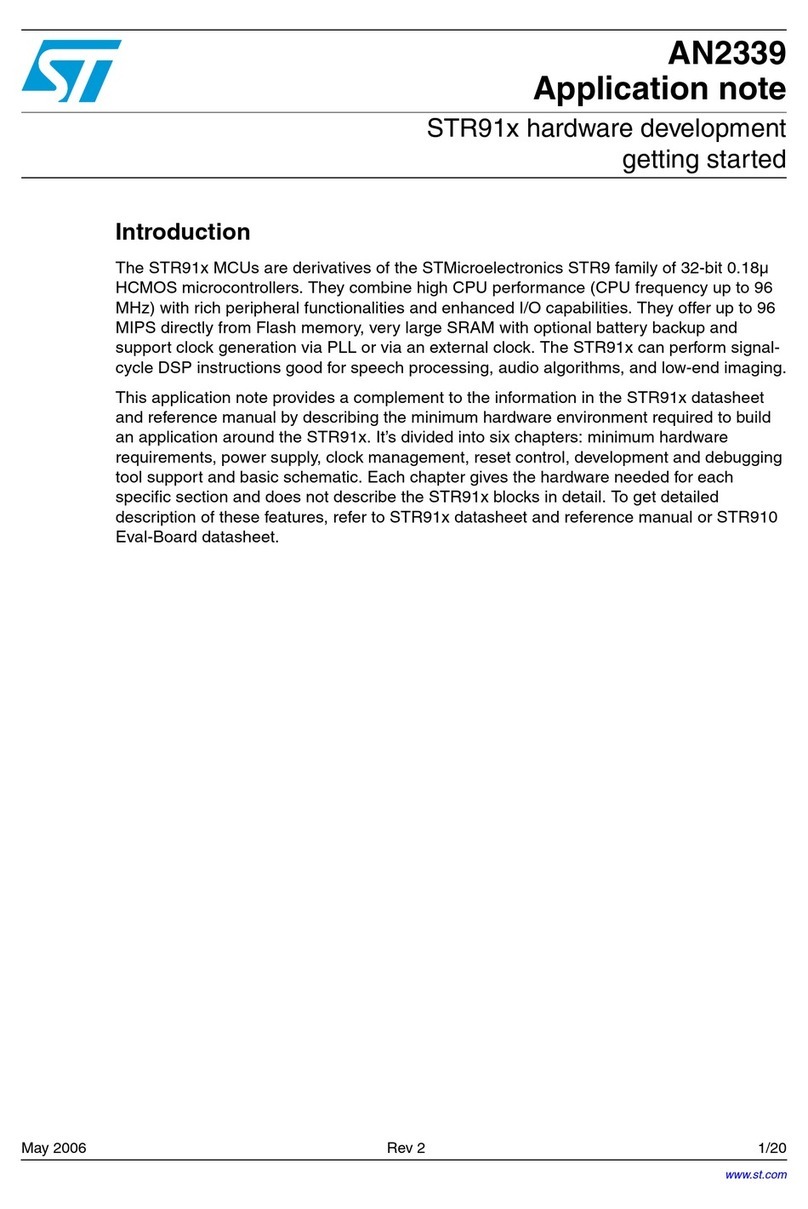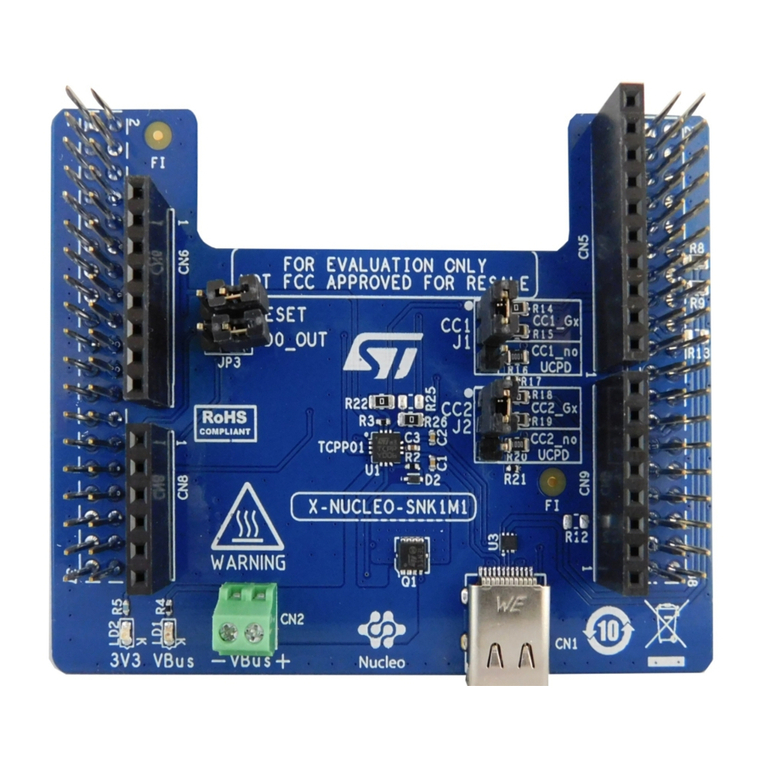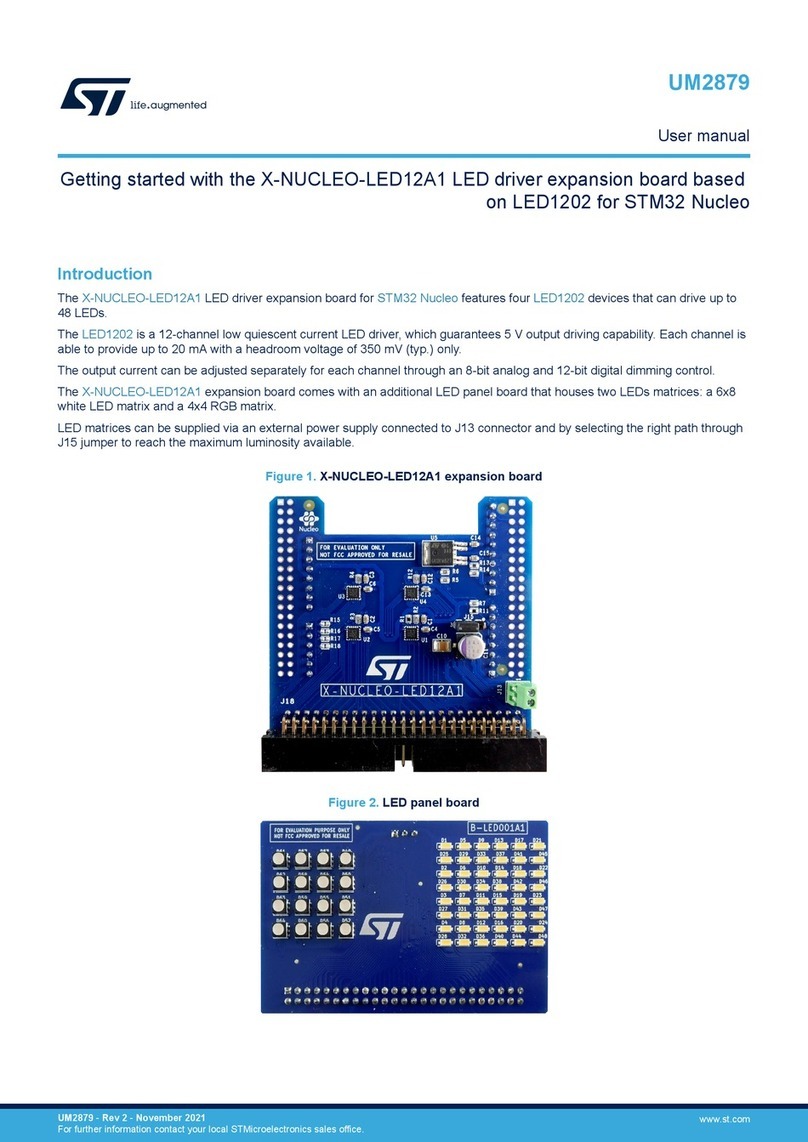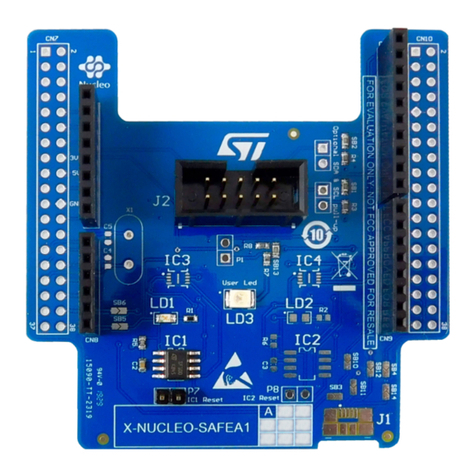ST STM32F3DISCOVERY User manual
Other ST Computer Hardware manuals
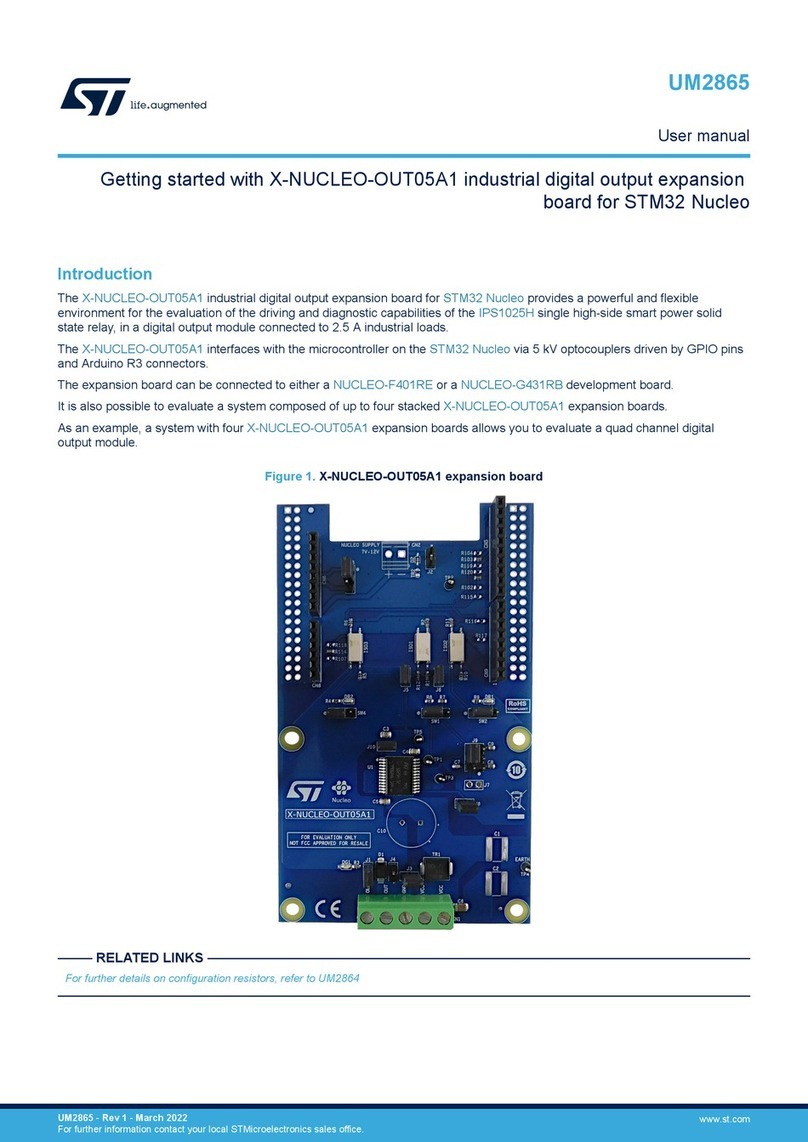
ST
ST X-NUCLEO-OUT05A1 User manual
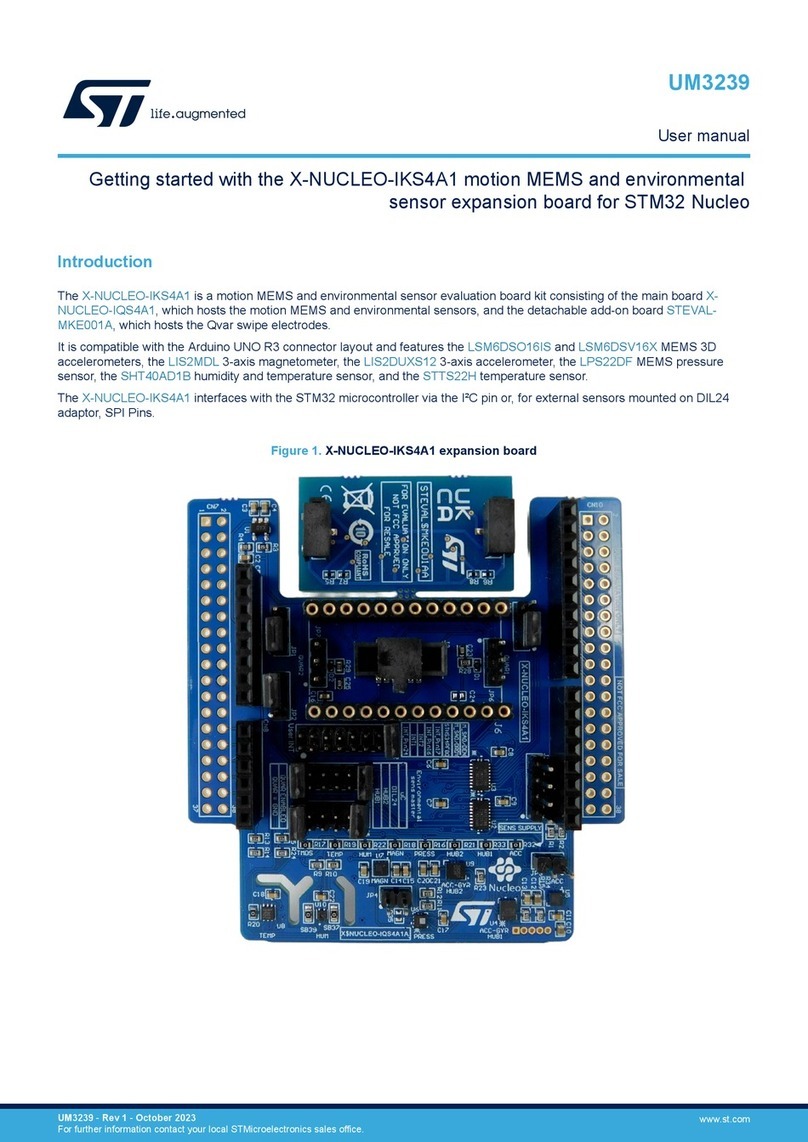
ST
ST X-NUCLEO-IKS4A1 User manual
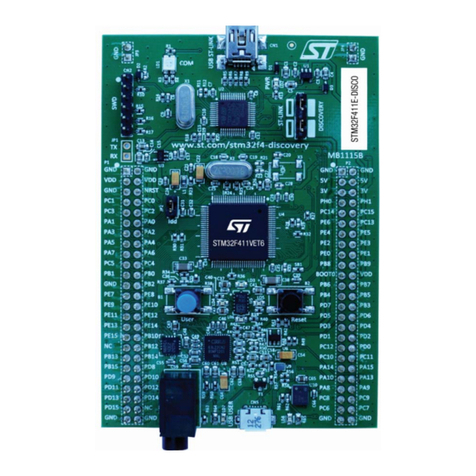
ST
ST STM32F411 User manual
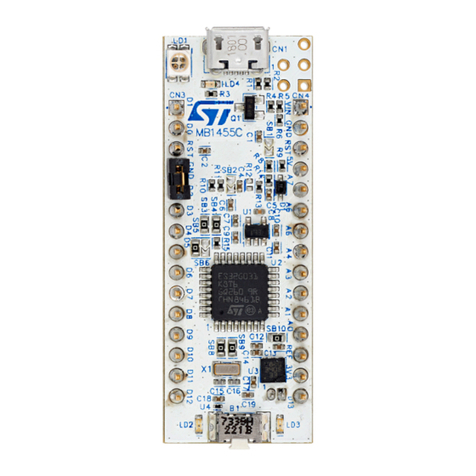
ST
ST STM32G0 User manual
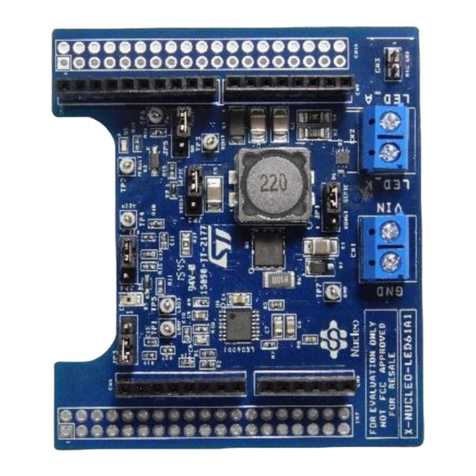
ST
ST X-NUCLEO-LED61A1 User manual
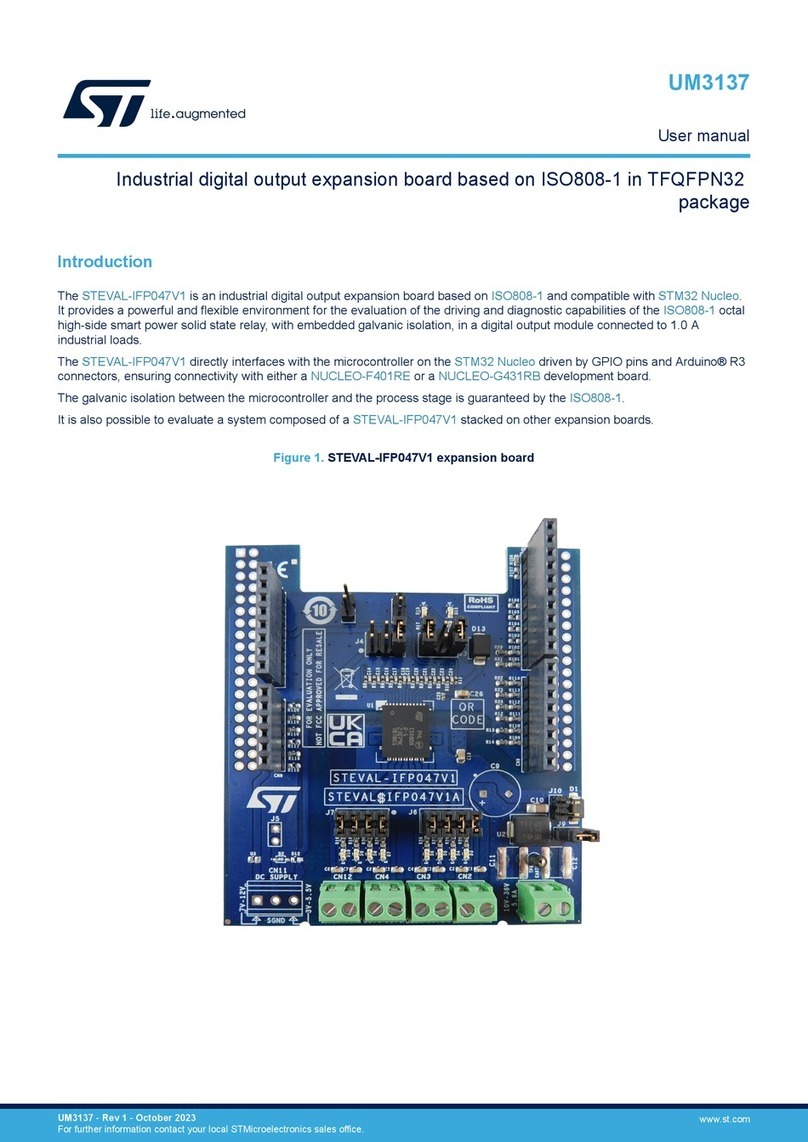
ST
ST STEVAL-IFP047V1 User manual
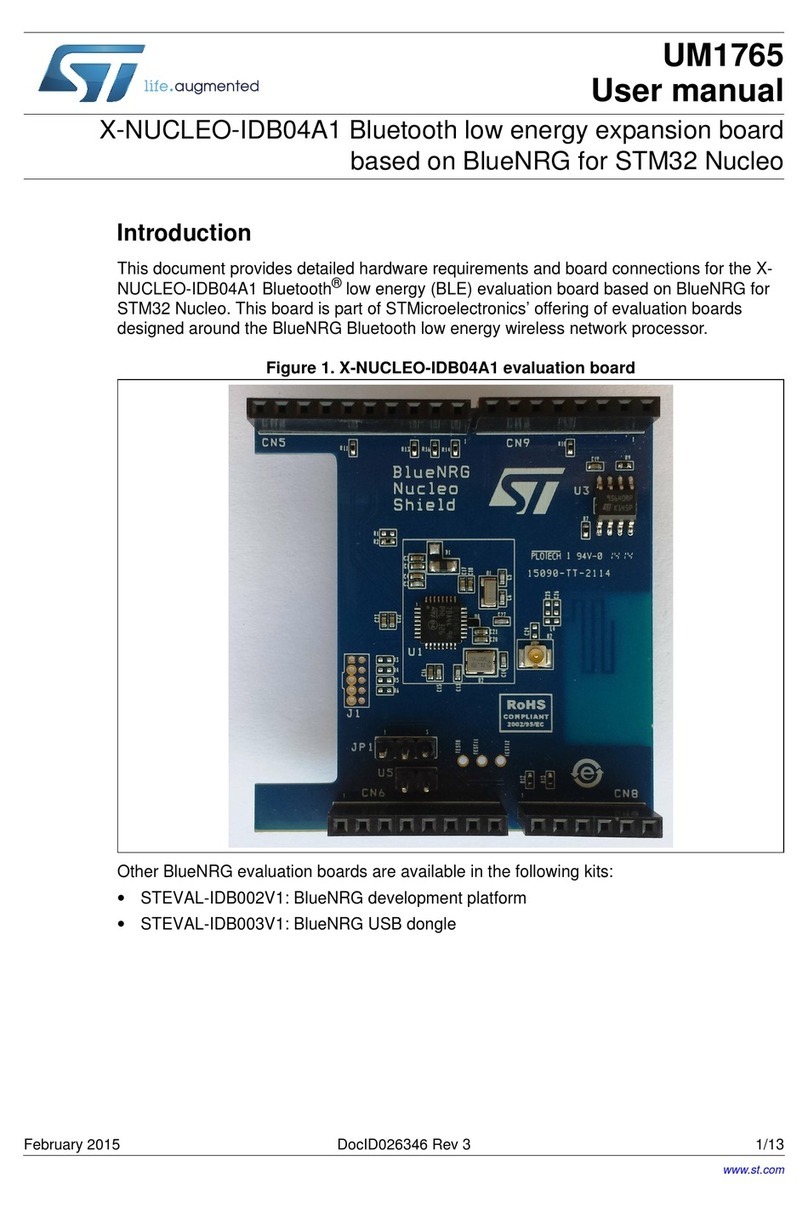
ST
ST X-NUCLEO-IDB04A1 User manual
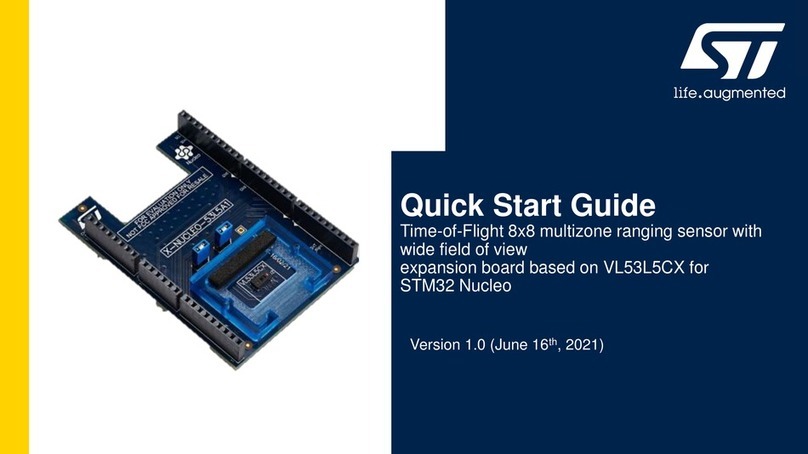
ST
ST X-NUCLEO-53L5A1 User manual

ST
ST STEVAL-ISF001V2 User manual

ST
ST STM32 Nucleo User manual

ST
ST X-NUCLEO-IHM01A1 User manual
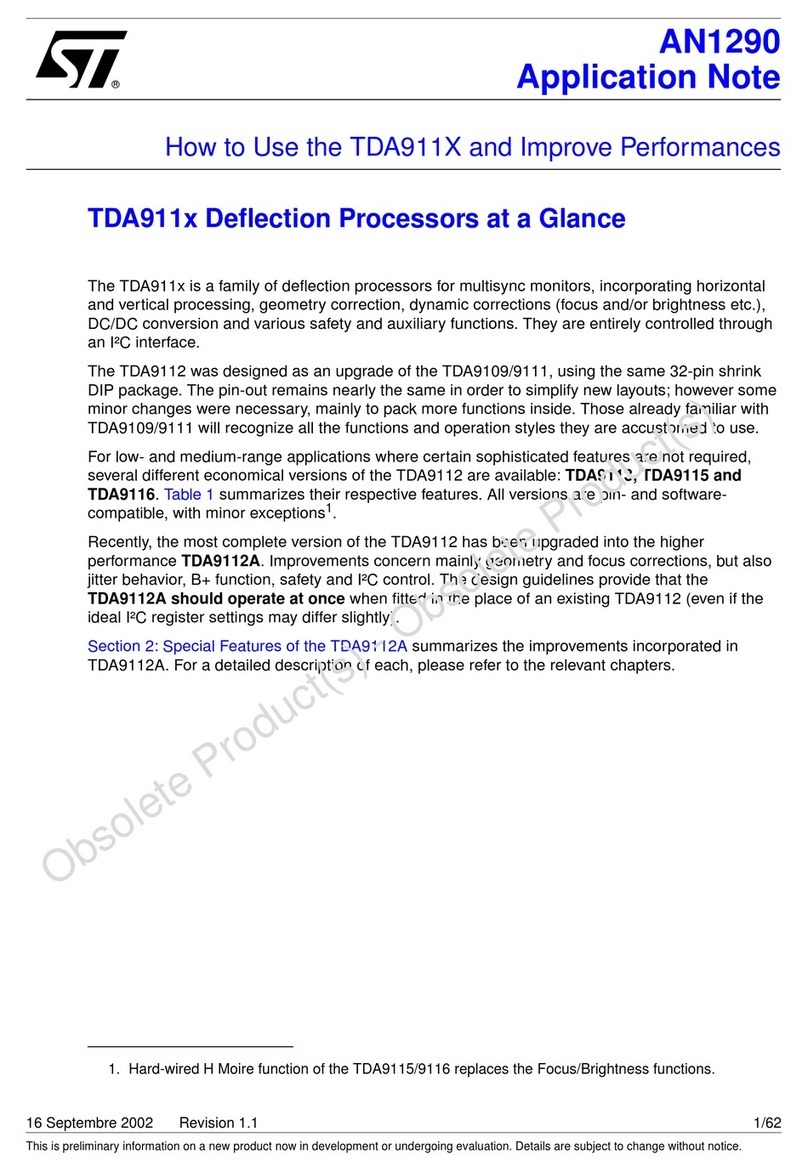
ST
ST TDA911 Series Installation and operating instructions
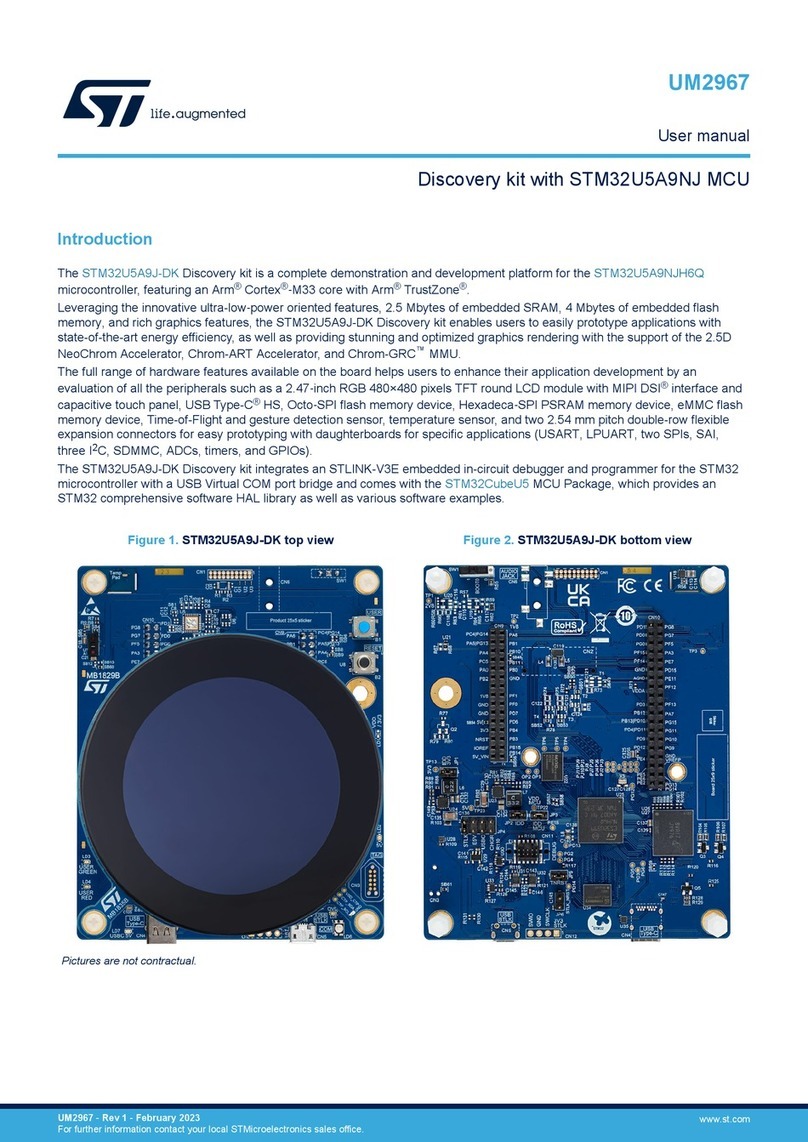
ST
ST UM2967 User manual
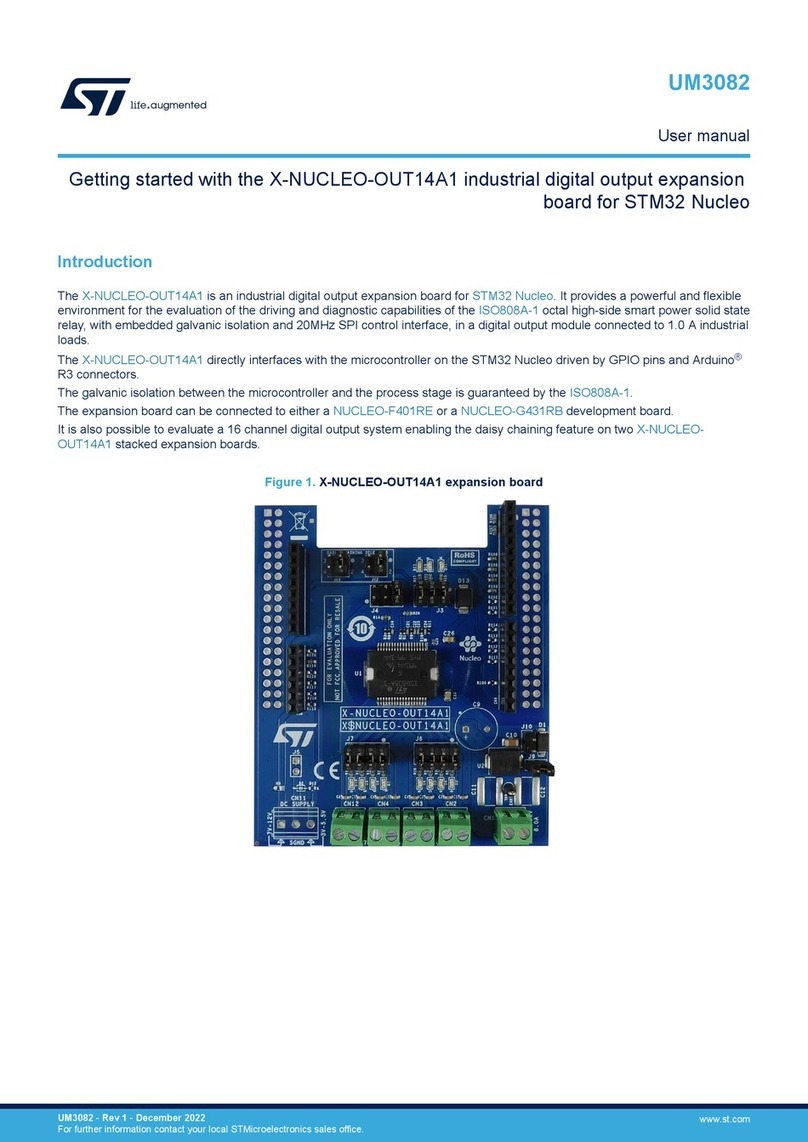
ST
ST X-NUCLEO-OUT14A1 User manual
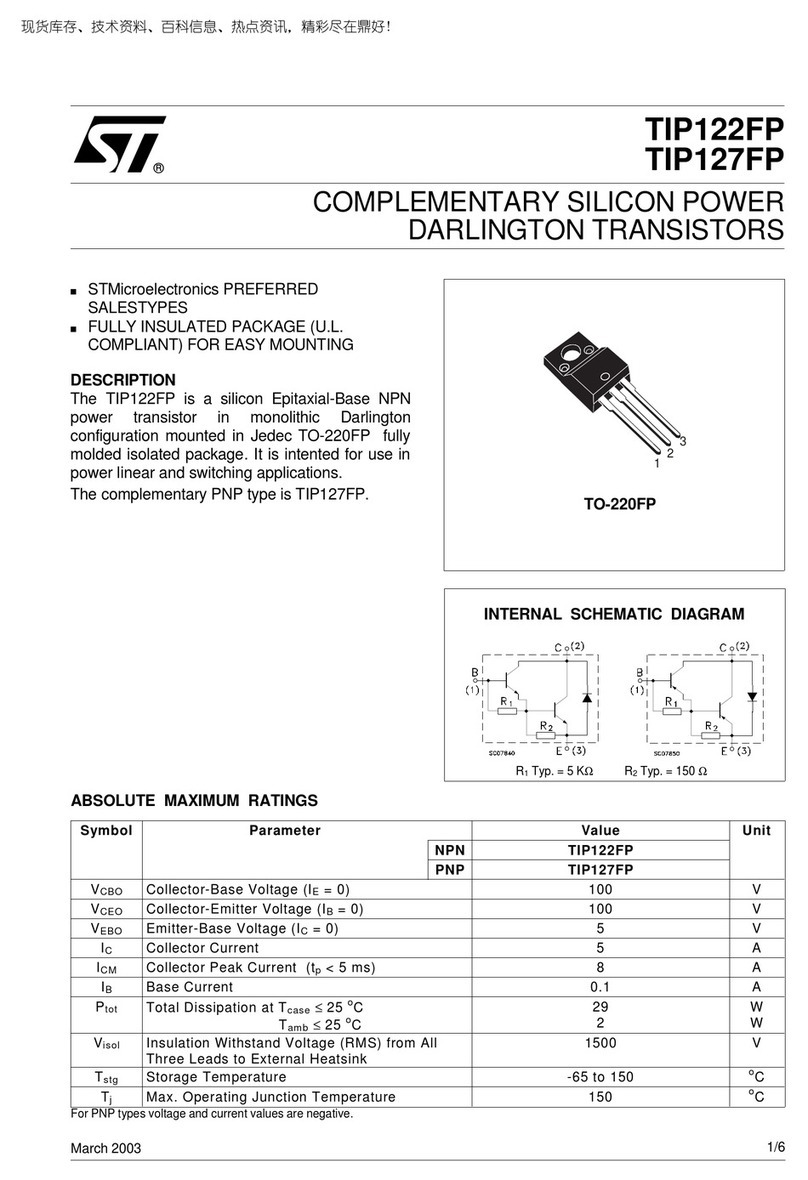
ST
ST TIP122FP User manual
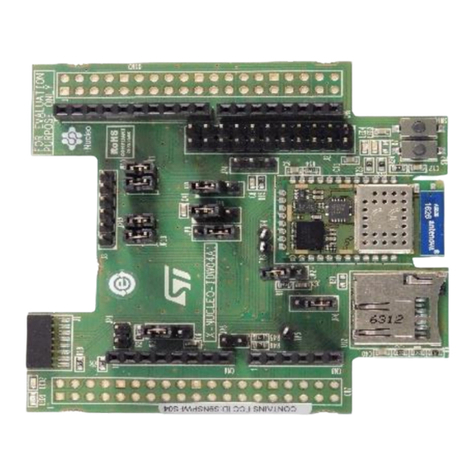
ST
ST X-NUCLEO-IDW04A1 User manual

ST
ST X-NUCLEO-IDB04A1 User manual
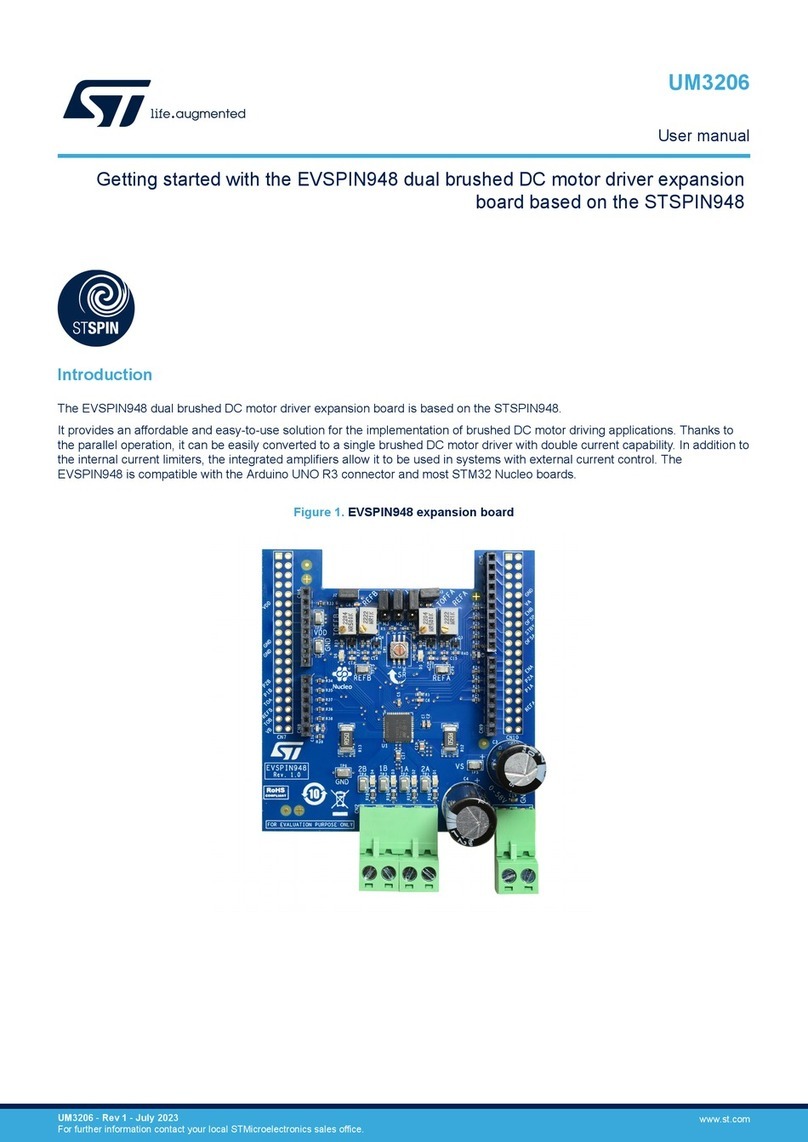
ST
ST EVSPIN948 User manual
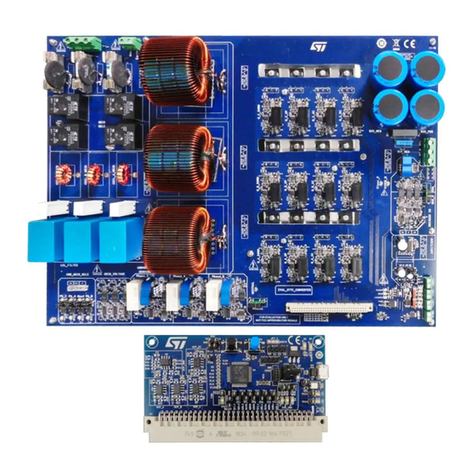
ST
ST STDES-PFCBIDIR User manual
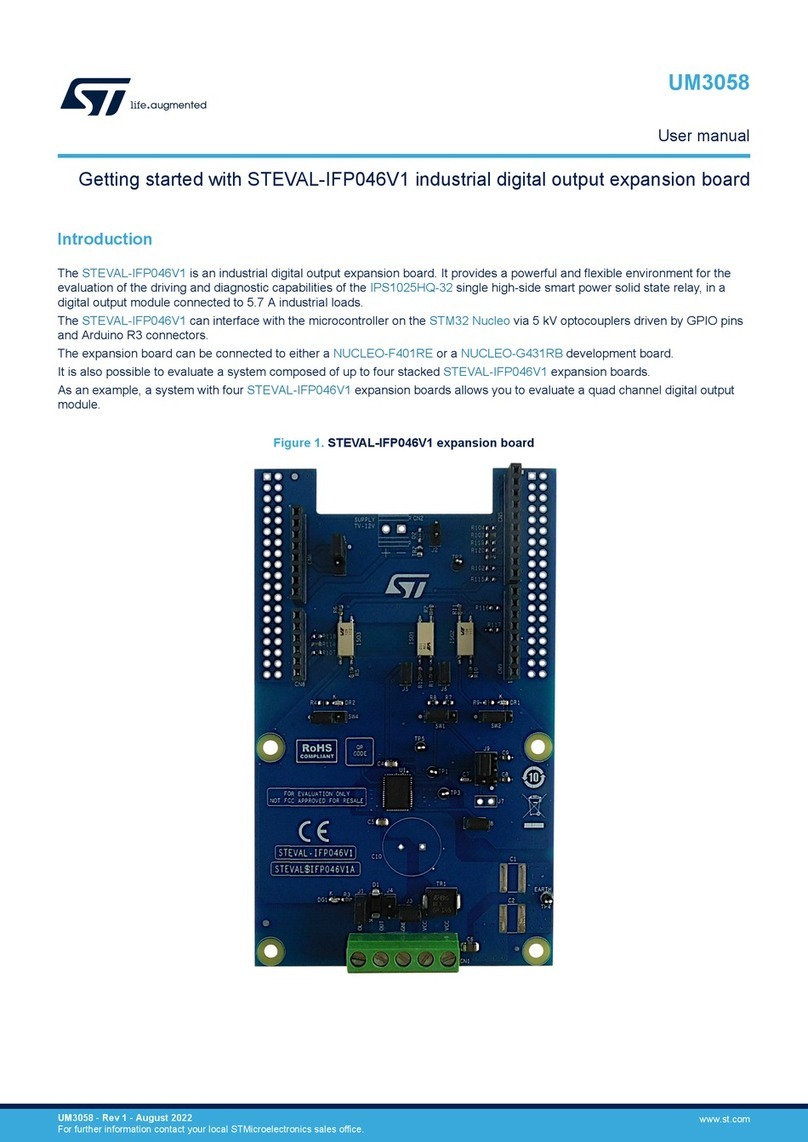
ST
ST STEVAL-IFP046V1 User manual
Popular Computer Hardware manuals by other brands

EMC2
EMC2 VNX Series Hardware Information Guide

Panasonic
Panasonic DV0PM20105 Operation manual

Mitsubishi Electric
Mitsubishi Electric Q81BD-J61BT11 user manual

Gigabyte
Gigabyte B660M DS3H AX DDR4 user manual

Raidon
Raidon iT2300 Quick installation guide

National Instruments
National Instruments PXI-8186 user manual

Intel
Intel AXXRMFBU4 Quick installation user's guide

Kontron
Kontron DIMM-PC/MD product manual

STEINWAY LYNGDORF
STEINWAY LYNGDORF SP-1 installation manual

Advantech
Advantech ASMB-935 Series user manual

Jupiter
Jupiter RAM PACK instructions

Measurement Computing
Measurement Computing CIO-EXP-RTD16 user manual
